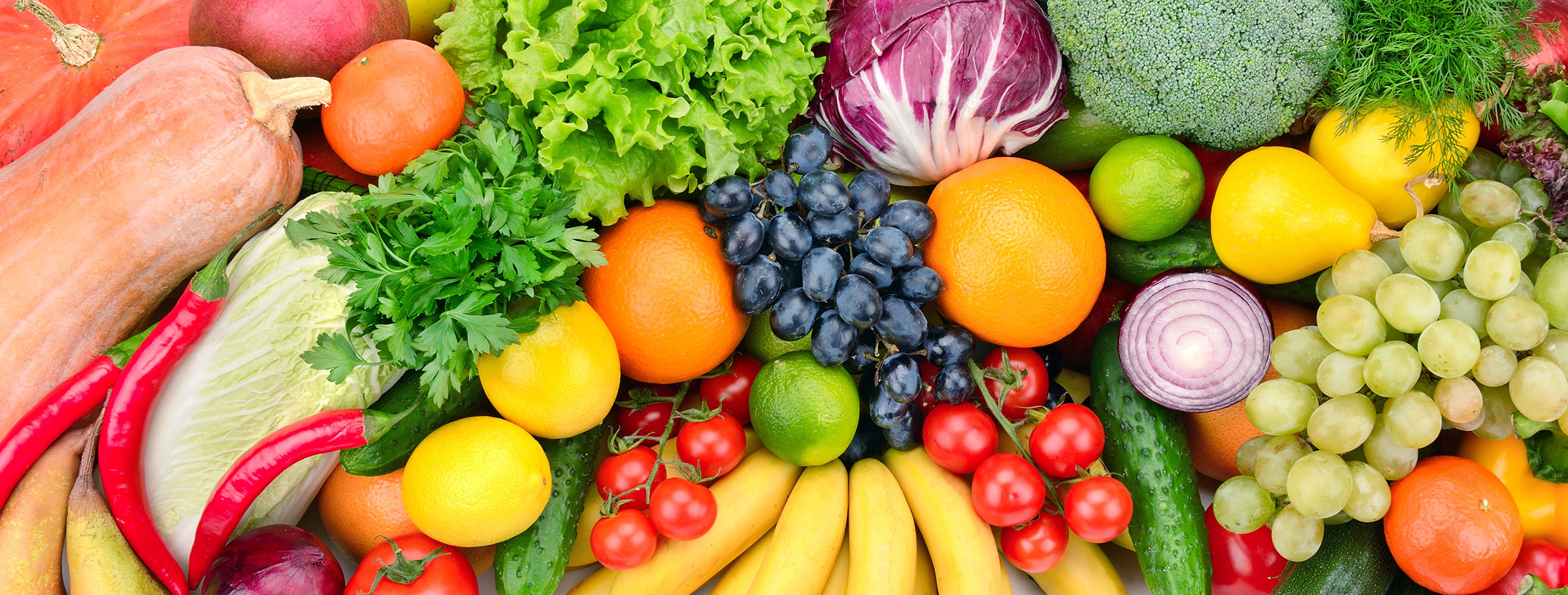Are you drowning in zucchini, cucumbers, squash, and tomatoes thanks to your garden? Too much produce is always a great problem to have, but can often leave gardeners wondering how to get the most out of their harvest. Whatever you do, don’t make the mistake of throwing any produce away! There’s always a way to store fruits and veggies for long term survival.
Storing food, after all, is a domestic skill that’s been used for thousands of years. It’s how people took advantage of times of plenty to prepare for times of famine. There are numerous ways to save and store veggies, fruits, and herbs for long-term survival. One of the oldest forms of food preservation is drying.
Drying your own foods at home to supplement survival food storage is safe and incredibly easy to do. If you own a food dehydrator, pull it out and get to work. If you don’t, no need to purchase one. You can simply use your oven on the very lowest heat setting. You’ll want to make sure someone is home if you use the oven, and you’ll need to keep a closer eye on the drying process than if you’re using a dehydrator. The temperature and time required to adequately dehydrate food will vary depending on food type. Use the manual that came with your dehydrator, or if you’re using an oven you’ll want to rely on Google to determine timing based on each type of fruit or veggie.
In order to be stored properly, foods need to be at least 95% dehydrated. If your fruits and veggies feel soft, spongy or sticky, put them back in the dehydrator for additional time. Hard and crunchy, or breakable pieces are done and ready for storage. To store long-term, use sealed Mylar bags. To store short-term, use glass jars.
Once you dehydrate and store your own garden food, watch for inexpensive produce and purchase based on the below year-round buying schedule for optimal savings, as well as providing variety to your survival food. In a short-term crisis, you won’t tire of the same food. However, if there’s a long-term crisis and you’re forced to utilize emergency food storage for months at a time, you’ll be happy you have some variety.
January – avocadoes, bananas, cabbage, cauliflower, mushrooms, pears, potatoes, turnips, and winter squash.
February – avocados, bananas, broccoli, cabbage, cauliflower, kumquats, mangoes, mushrooms, pears, tangerines, and winter squash.
March – artichokes, asparagus, avocados, bananas, broccoli, grapefruit, kumquats, lettuce, mushrooms, radishes, and spinach.
April – asparagus, bananas, cabbage, chicory, escarole, onions, pineapple radishes, rhubarb, spinach, and strawberries.
May – Asparagus, bananas, celery, papayas, peas, pineapple, potatoes, strawberries, tomatoes, and watercress.
June – avocadoes, apricots, bananas, cantaloupe, cherries, corn, cucumber, figs, green beans, limes, mangoes, nectarines, onions, peaches, peas, peppers, pineapple, plums, and summer squash.
July – apricots, bananas, blueberries, cabbage, cantaloupe, cherries, corn, cucumbers, dill, eggplant, figs, gravenstein apples, green beans, nectarines, okra, peaches, peppers, prunes, and watermelon.
August – apples, bananas, beets, berries, cabbage, carrots, corn, cucumbers, dill, eggplant, figs, melons, nectarines, peaches, pears, peppers, plums, potatoes, summer squash, and tomatoes.
September – apples, bananas, broccoli, carrots, cauliflower, corn, cucumbers, dill, figs, grapes, greens, melons, okra, onions, pears, peppers, potatoes, summer squash, tomatoes, and yams.
October – apples, bananas, broccoli, grapes, peppers, permissions, pumpkin, and yams.
November – apples, bananas, broccoli, cabbage, cauliflower, cranberries, dates, eggplant, mushrooms, pumpkin, and sweet potatoes.
December – apples, avocadoes, bananas, grapefruit, lemon, limes, mushrooms, oranges, pears, pineapples, and tangerines.
